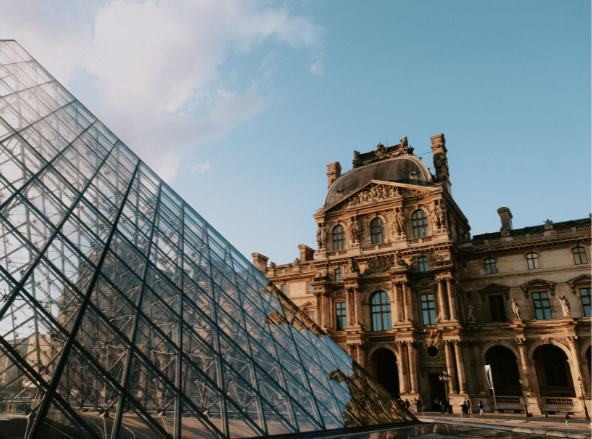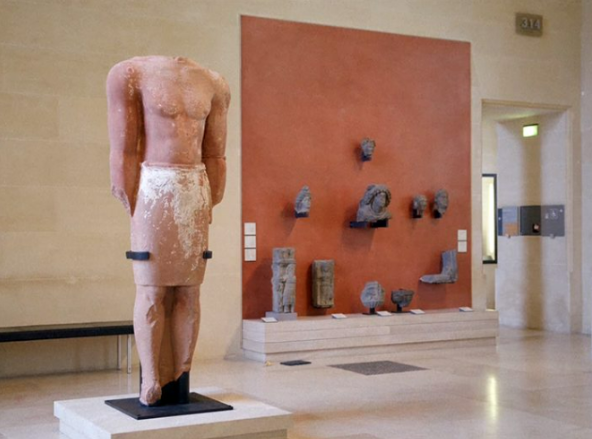Art lovers rejoice, especially the Arab history and archaeological fiends. As the world renowned Louvre in France, the largest museum in the world will be showcasing The ‘Monumental Statue,’ which was procured from the Dadan region of AlUla about 2,800 years ago. Dadan was one of the most prolific trade route stations and the region was under the rulings of kings for several centuries, who belonged to the Lihyan tribe.

The ‘Monumental Statue’ crafted of sandstone, portrays a Lihyanite king. Weighing over 800kg and towering 2.3 metres, the piece of art is is predicted to date back to the 3rd-5th century BC, truly encapsulating the sculptors skillful abilities. The artefact highlights the sculptor, meticulously crafting the muscles of the torso, abdomen, remnants of the arm and leg muscles. The statue no longer possesses its head, neck, hands or feet.
It will not only become a centrepiece at the Eastern antiquities gallery, mesmerising the 9.6 million annual visitors, it simultaneously solidifies a five-year partnership between Saudi Arabia and France. The statue is being loaned by the Royal Commission for AlUla (RCU), in order to exhibit The Kingdom’s abundant ancient history. It is one of the first historically significant artefacts from AlUla to be displayed in Paris for such a long time.
This step will further encourage collaborative projects between the RCU and the leading French research institutes who specialise in heritage and everything in the realm. Since 2017, when the RCU was first established, they have been part of many archaeological projects and discoveries in the region led by specialists from around the world.
To learn more about all the artworks on display click here.










